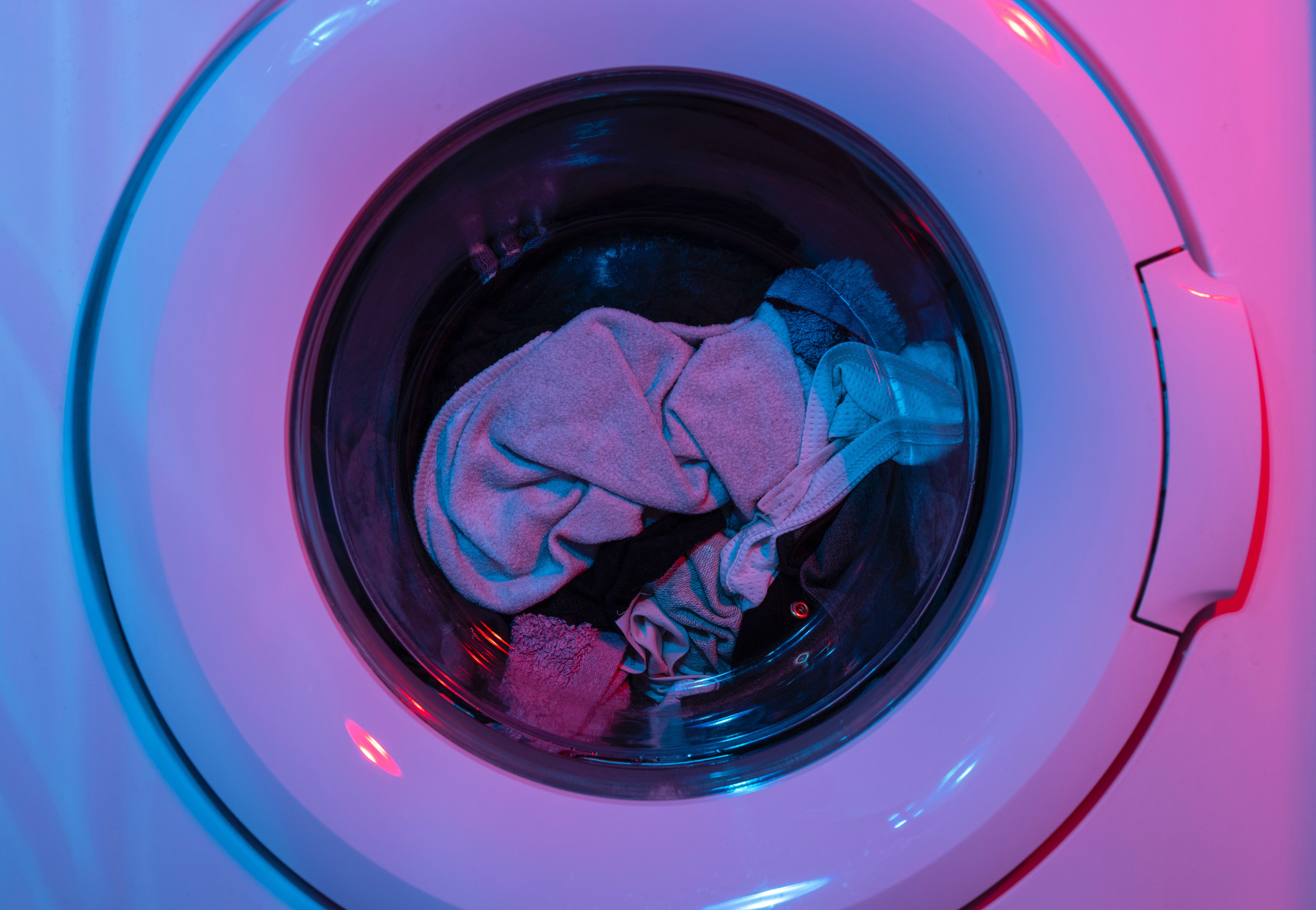
For many New Zealanders, top loaders are a popular choice. They’re an excellent option for helping you to get through loads of washing quickly without too much fuss. However, they tend to be on the thirsty side compared to their front-load rivals when it comes to water and energy efficiency.
Full disclosure – you can expect to pay a couple of hundred dollars more for a front loader than a top loader. But when your washing machine finally gives up the ghost, or you want to update it, here are three reasons to go with a front loader.
Front loaders are hands down more water efficient than top loaders. On average, an 8.5kg top loader uses nearly 135L of water per load, whereas an 8kg front loader will use around 64L. Consumer estimates that if you did one load of washing per day using a top loader, it would roughly cost you $185 per year in water charges, while a front loader would cost you around $88 per year.

Besides reducing your water usage, investing in a front loader next time round can also save some dollars. Depending on the model, you can save anywhere between $45 to $125 per year.
A great rule of thumb is to use the energy rating label to get an idea of how much you may save with a front loader. These labels can help you to spot the energy-hungry models that can end up costing you more.
For instance, an 8kg front loader with a five-star energy rating could cost you around $45 to run a year, while a top loader with a 4.5-star rating – the highest for a top loader – may cost $55 a year to run.*
The average rating for a top loader is three stars, and it will roughly cost you $109 a year to run.*
Front loaders tend to be gentler on your clothes than top loaders, as they use less water and detergent. Unlike top loaders, front loaders use gravity and tumbling to swish water inside - making it less intensive on your clothes, allowing you to keep your clothes for longer.

So with using less power and water you’ll be making annual savings of 145-$225 – and that’s not taking into account the money you’ll save buying less detergent. Assuming you forked out a few extra hundred dollars for your front loader, it’ll have paid for itself within two years, and from then on, it’s money in your back pocket.

You’ve got the power. Check out what GenLess has to say.
Want to save money in the laundry? Here’s some tips from Consumer.
* Energy efficiency and cost estimates are based on figures from GenLess and Consumer NZ.